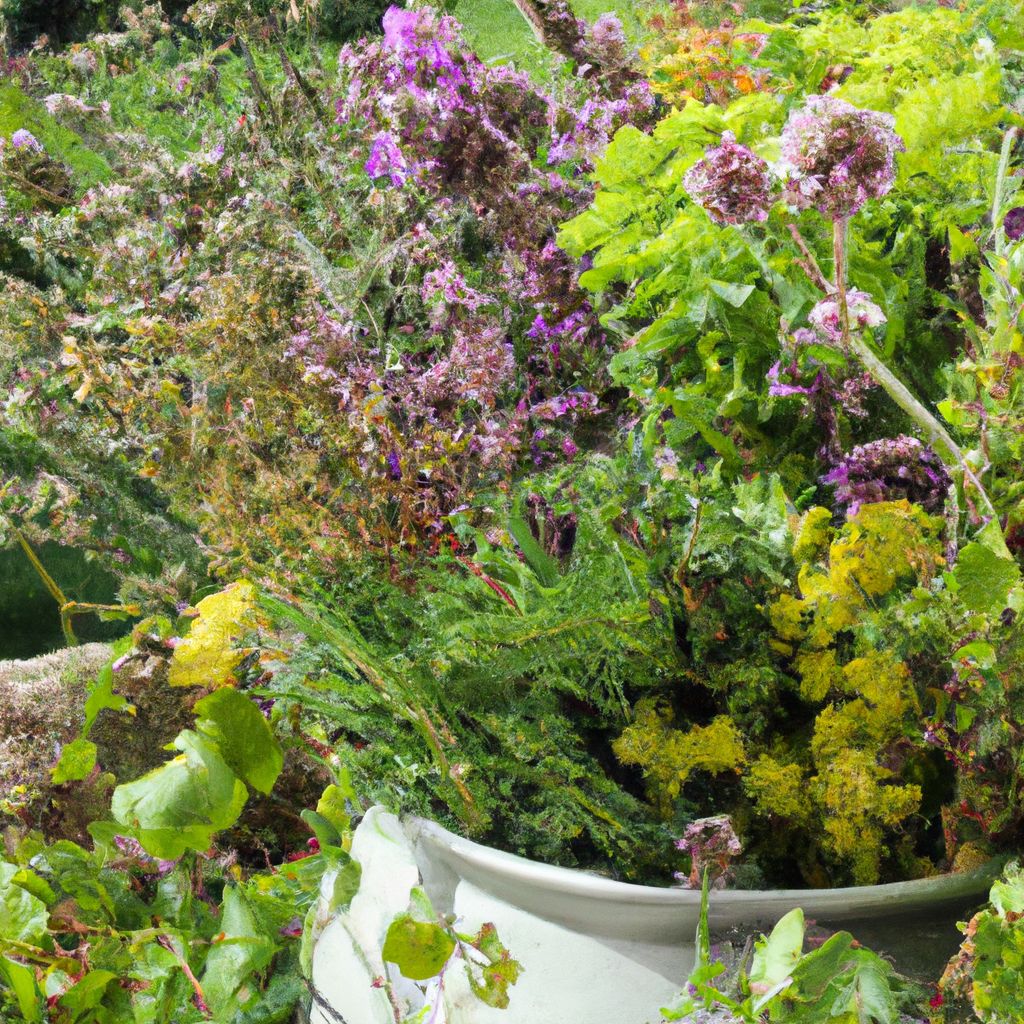Key Takeaway:
- Cottage gardens offer a variety of benefits, including the ability to grow a diverse range of plants in a small space.
- When designing a cottage garden, carefully select a combination of culinary herbs, medicinal herbs, lesser-known food plants, cosmetic herbs, cut flowers, and plants for beauty.
- Maintaining a cottage garden involves proper watering, fertilizing, pruning, and adopting organic gardening practices.
- The incorporation of forgotten medicinal and edible plants in a cottage garden adds both beauty and functionality.
- These plants have historical significance and may provide potential health benefits.
- Cottage gardens allow for the creation of a whimsical and wild garden that adds charm and character to any landscape.
- Growing your own food and medicine in a cottage garden is a rewarding experience that promotes self-sufficiency and a healthier lifestyle.
Introduction: The concept of a cottage garden and its benefits
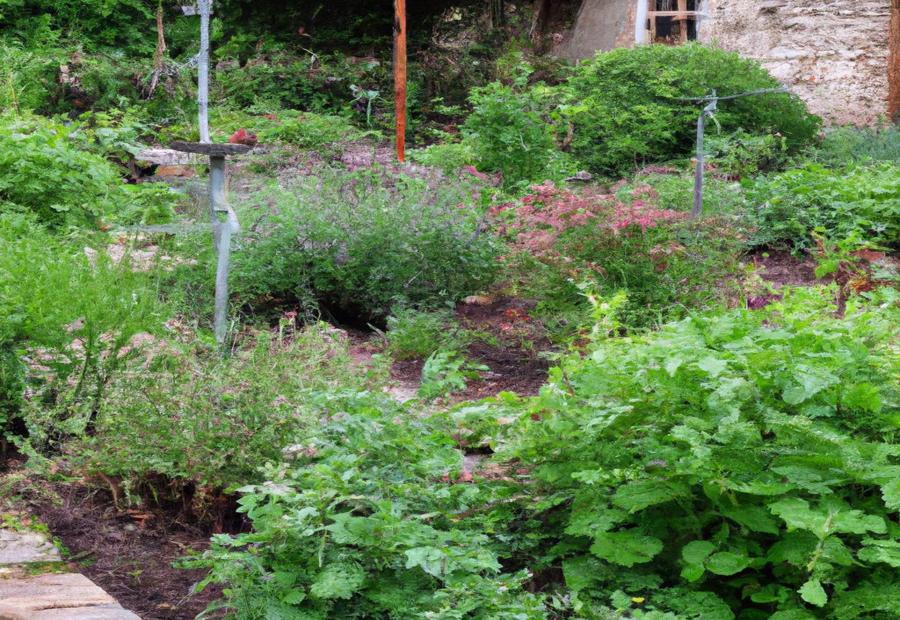
Photo Credits: Gardeninggurus.Org by James Rivera
A cottage garden is an enchanting mix of ornamental plants and herbs. Dating back to the 16th century, this concept aims to produce a beautiful and useful garden. There are several advantages to this style of gardening. It provides a stunning landscape and also grows plants with medicinal or culinary uses.
Roses, hollyhocks, lavender, rosemary, thyme, and sage – all come together to make a unique display of color, texture, and scent. This creates a captivating sensory experience.
Cottage gardens are not only beautiful – they are also practical. Chamomile, peppermint, echinacea, parsley, basil, and oregano are examples of herbs that can be grown for natural remedies and delicacies. They are close to the living space, making them easily accessible.
The idea of mixing ornamental and useful plants has its roots in medieval Europe. Monks and nuns cultivated gardens as a source of healing remedies. This concept has been refined over the centuries to create the cottage gardens we know today.
Designing a Cottage Garden
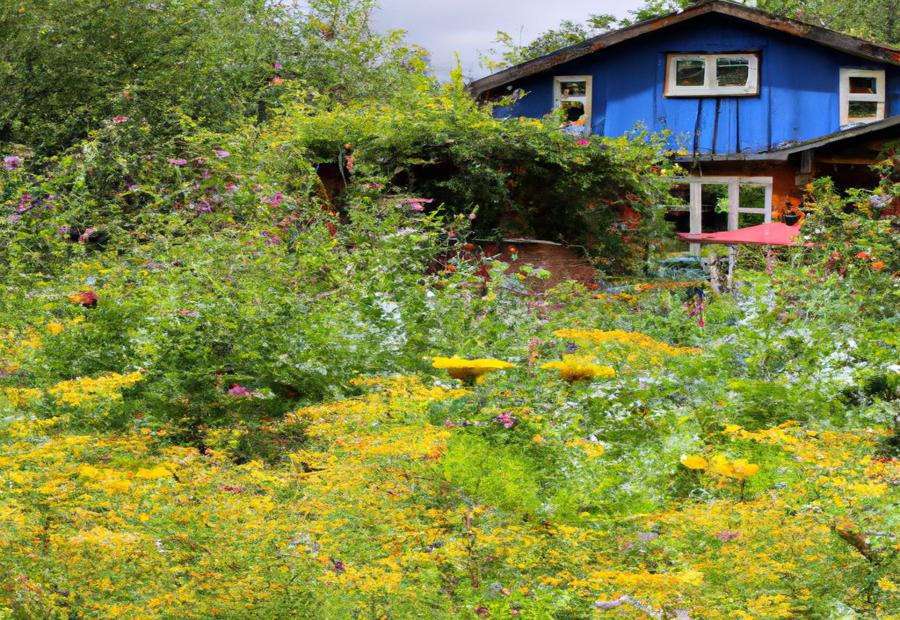
Photo Credits: Gardeninggurus.Org by Eugene White
Designing a cottage garden takes careful planning and choosing plants that bring a rustic atmosphere and provide both beauty and practicality. Incorporate a variety of herbs and medicinal plants to get a unique and vibrant space.
- Plant selection: Pick different herbs and medicinal plants, such as lavender, chamomile and rosemary, to add texture and scent. Think about looks and what benefits they give.
- Layout: Place the plants in a natural way, making winding paths and using different heights and shapes for visual interest. This makes the garden calm and informal, like traditional cottage gardens.
- Useful plants: Cottage gardens often have plants with uses, like herbs for cooking or medicinal plants for remedies. Include these to add functionality while keeping the charm.
- Maintenance: Think about the plants’ care needs and plan accordingly. Grouping plants with similar needs simplifies tending and keeps the garden healthy.
In addition, add special details, such as seating for enjoying the garden or decorative elements like trellises and arbors. The goal is a space that is beautiful and in harmony with nature.
Herbs and medicinal plants in the garden help sustainability and self-sufficiency. Fresh herbs for cooking and natural remedies for common issues are provided. Plus, these plants add a historical and cultural side to the garden, linking it to old healing approaches.
To make a cottage garden, select herbs and medicinal plants, make a natural layout, and add practical and aesthetic elements. With planning and care, a cottage garden can be vibrant and functional, with a neat charm and harmony with nature.
The Beauty and Functionality of a Cottage Garden
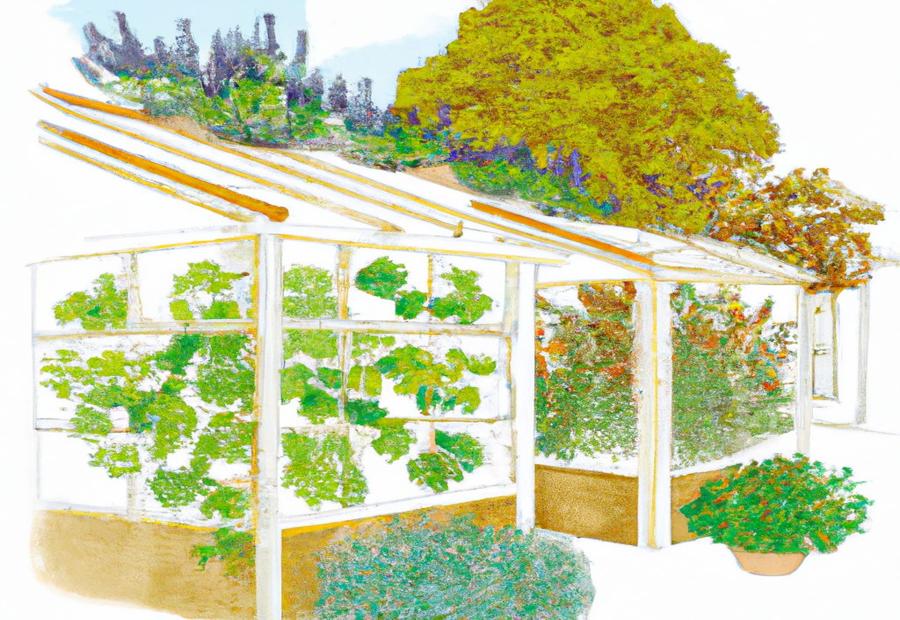
Photo Credits: Gardeninggurus.Org by Zachary Green
Cottage gardens are a great illustration of a garden’s beauty and usefulness. These gardens, full of diverse plants, give multiple benefits and add loveliness to any landscape.
A key part of cottage gardens is their biodiversity. Known for their array of plants – flowers, herbs, and vegetables, biodiversity brings visual interest and an abode for helpful insects and birds, helping to keep a healthy ecosystem.
A special characteristic of cottage gardens is medicinal plants. Plants like lavender, chamomile, and mint have long been used to treat ills with natural remedies. Having these plants in a cottage garden not only increases its attractiveness but also offers easy access to natural treatments.
Culinary herbs are often present in cottage gardens. Herbs such as rosemary, basil, and thyme not only make home-cooked meals tastier but also give a source of fresh ingredients from the backyard. The comfort and availability of these herbs make them a popular choice in cottage gardens.
Another practical aspect of a cottage garden is its low maintenance requirements. Many plants naturally spread and self-seed, needing less effort and upkeep than formal gardens. This makes cottage gardens an ideal option for those looking for a lovely and functional garden without demanding maintenance.
In addition to their attractive and functional aspects, cottage gardens bring a feeling of peace and nostalgia, transporting people to a more straightforward time. These gardens offer an area for rest, thinking, and pleasure of nature. With their wide variety of plants, including herbs and medicinal plants, cottage gardens truly represent the beauty and usefulness of a garden.
Conclusion: Embracing the rewards of growing your own food and medicine
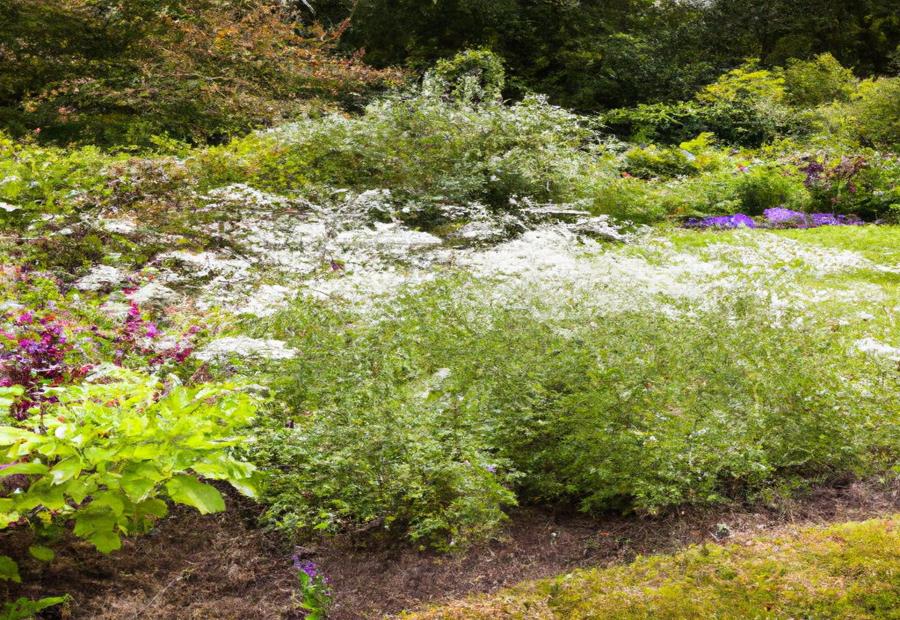
Photo Credits: Gardeninggurus.Org by Kenneth Ramirez
Growing your own food and medicine can be hugely satisfying. A cottage garden of herbs and medicinal plants offers beauty, scent and many benefits. For centuries, these plants have been used to heal. Nurturing them in your own garden gives you quick access to natural remedies.
There is a wide selection of herbs and medicinal plants with various health advantages. Lavender relieves anxiety and relaxes; chamomile aids digestion and sleep. Echinacea and elderberry can increase your immune system and help avoid illness. And, many of these plants can be used for cooking, adding flavor and nutrition.
Having a cottage garden of herbs and medicinal plants is good for your wellbeing and the environment. Growing your own food and medicine reduces the need for synthetic pesticides and fertilizers, and sustains biodiversity in your backyard. These plants draw in helpful insects such as bees and butterflies, which are essential for pollination. Plus, you’ll save money by not having to buy them constantly from the store.
Some Facts About Cottage Garden Herbs And Medicinal Plants:
- ✅ Cottage gardens originally included a mix of herbs, vegetables, and flowers. (Source: advicefromtheherblady.com)
- ✅ Culinary herbs, medicinal herbs, cosmetic herbs, cut flowers, and vegetables can be planted in a cottage garden. (Source: homesteadingfamily.com)
- ✅ Cottage gardens have an informal and natural-looking style. (Source: nittygrittylife.com)
- ✅ Some medicinal annuals for a cottage garden include calendula, German chamomile, and lavender. (Source: nittygrittylife.com)
- ✅ Cottage gardens attract bees, butterflies, and other pollinators, creating a vibrant ecosystem. (Source: homesteadingfamily.com)
FAQs about Cottage Garden Herbs And Medicinal Plants
What are some forgotten medicinal and edible plants that can be incorporated into a cottage garden?
Some forgotten medicinal and edible plants that can be incorporated into a cottage garden include chamomile, lavender, lemon balm, anise hyssop, basil, borage, calendula, German chamomile, dill, nasturtium, snapdragon, and sweet alyssum.
How do I design a cottage garden using forgotten medicinal and edible plants?
To design a cottage garden using forgotten medicinal and edible plants, consider the space available and what you want to grow. Plan walkways with curvy lines and arrange plants from smallest to tallest, allowing for easy visibility and maintenance. Choose a mixture of perennials and annuals and densely pack the garden with a variety of plants that attract pollinators, provide food and herbs for cooking, and offer beautiful cut flowers.
What are the benefits of incorporating forgotten medicinal and edible plants into a cottage garden?
Incorporating forgotten medicinal and edible plants into a cottage garden provides historical significance, potential health benefits, and ornamental value. These plants can be used in cooking, medicinal remedies, and for their aesthetic appeal, making the garden both beautiful and functional.
How do I grow medicinal annuals from seed in a cottage garden?
To grow medicinal annuals from seed in a cottage garden, follow specific instructions for each plant, including temperature, light, and moisture requirements. Some recommended medicinal annuals for a cottage garden include amaranth, bacopa, basil, borage, calendula, German chamomile, dill, nasturtium, snapdragon, and sweet alyssum.
What are some recommended resources for designing a cottage garden with herbs and medicinal plants?
Some recommended resources for designing a cottage garden with herbs and medicinal plants include websites like melissaknorris.com and advicefromtheherblady.com, which provide guides, tips, and information on plant selection, garden layout, and maintaining a cottage garden. Seed catalogs and nursery centers can also offer a wide variety of herb and medicinal plant options for a cottage garden.
Are there any precautions or considerations when using herbs from a cottage garden for medicinal purposes?
Yes, it is always advisable to consult a physician or trained herbalist before using any herbs from a cottage garden for medicinal purposes. The author of the information mentioned that she is not a doctor and provided a disclaimer to consult a healthcare professional. It is important to ensure proper identification of plants and to be aware of any potential allergies or interactions with medications.


